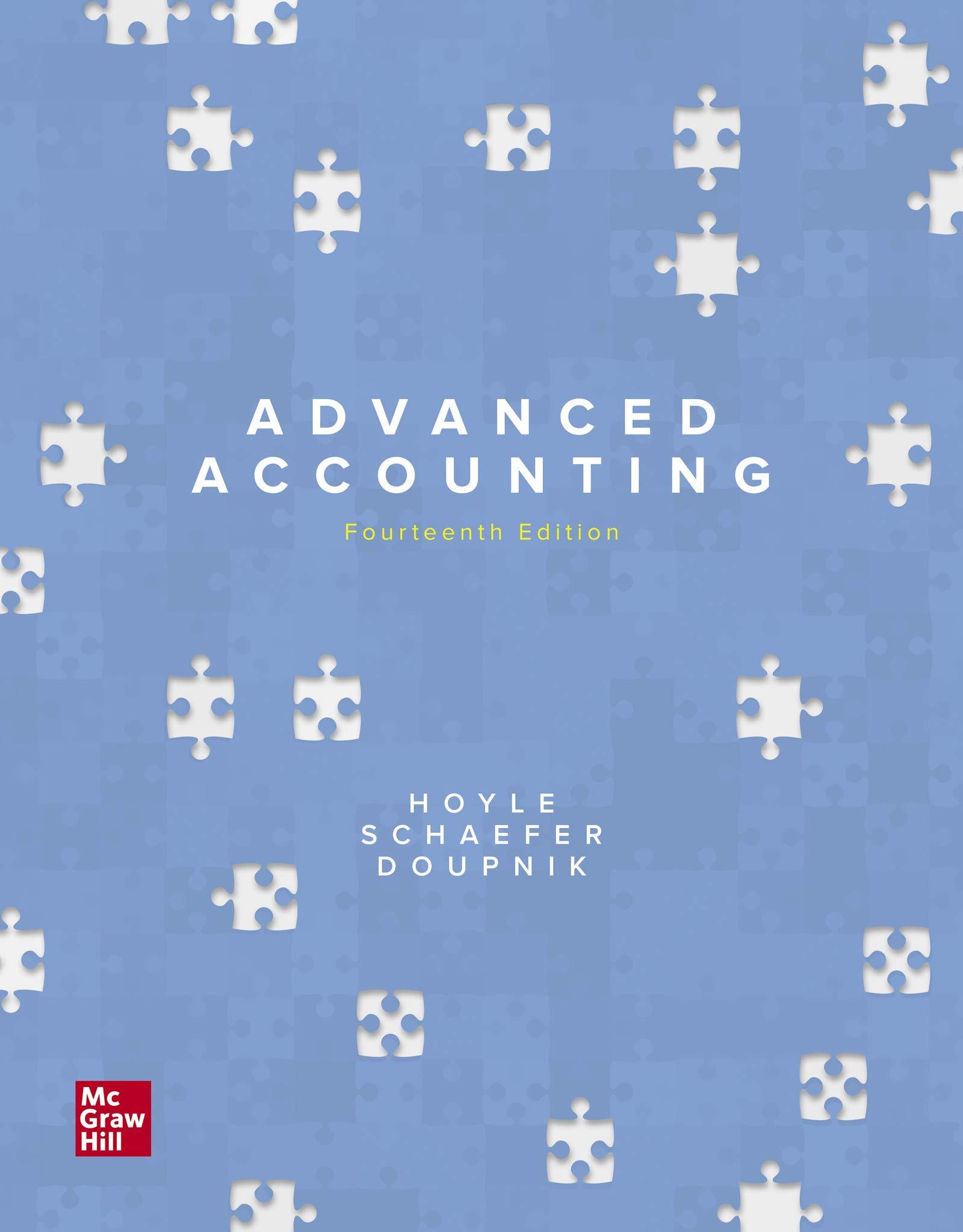Answered step by step
Verified Expert Solution
Question
1 Approved Answer
what is the formula for each answer? 1. What is your best estimate of the 2006 financial statements? As a starting point, assume that Alliance




what is the formula for each answer?
1. What is your best estimate of the 2006 financial statements? As a starting point, assume that Alliance makes the expected $3 million dividend to National. Hence, the balance sheet will be balanced by adjusting the amount of the bank loan. This implies a possible renegotiation with the bank. Once the forecast is completed, consider the effects on the borrowing amount from changing the dividend or capital expenditure choices. 2. Clearly, Alliance must choose between (a) making the principal repayment to the bank, (b) making the capital investments, and (c) making the dividend payment to National. Based on your forecasted 2006 financial statements, what is your recommendation, and what is your justification? 3. Assume you chose to renegotiate with the bank how would you approach the bank, and what arguments would you put forward? 4. Assume you chose to skip the dividend - how would you approach National, and what arguments would you put forward? 3 Income Statements 4 2002 2003 2004 2005 6 5 Income Statement (in thousands of dollars) 7 Revenue 8 Cost of goods sold 9 Gross margin 10 General and administrative 11 Earnings before interest and taxes 12 Interest 128,978 143,560 100,857 111,203 28,121 32,357 12,482 13,685 15,639 18,6721 4,537 6,150 11,102 12,522 3,882 4,288 7,220 8,234 161,863 185,815 125,756 144,594 36,107 41,221 18,131 17,327 17,976 23,894 5,964 5,695 12,012 18,199 4,312 6,210 7,700 11,989 13 14 Tax 15 Net income 16 17 Additional Data 18 Yards sold in thousands) 19 Average price per yard (in dollars) 20 Average cost per yard (in dollars) 21 Depreciation (in thosands of dollars) 22 1,751 73.66 57.60 5,436 1,850 77.60 60.11 5,762 1,957 82.71 64.26 5,983 2,085 89.12 69.35 6,439 23 Source: Created by case writer. 24 Balance Sheets 2002 2003 2004 2005 Balance Sheet ($1,000) Cash Accounts receivable Inventory Current assets Plant and equipment 2,837 18,092 3,549 24,478 87,534 112,012 3,330 19,823 4.238 27,391 91,392 118,783 3,043 23,104 4,233 30,380 93,569 123,949 4,180 28,203 4,615 36,998 97,476 134,474 Accounts payable Other accrued expenses Current liabilities Long-term debt Owners' equity 8,891 5,313 14,204 55,000 42,808 112,012 9,609 5,713 15,322 75,000 28,461 118,783 11,067 6,490 17,557 71,000 35,392 123,949 13,534 7,897 21,431 67,000 46,043 134,474 21.80% 5.60% 6.45% 16.87% 22.54% 5.74% 6.93% 28.93% 22.31% 4.76% 6.21% 21.76% 22.18% 6.45% 8.92% 26.04% Financial Statement Relations Margins and Returns Gross margin Net margin Return on book assets Return on book equity Asset Ratios Days receivables Days inventory Days payables Total asset turnover Fixed asset turnover Leverage Ratios Debt to prior year EBITDA Debt to total value (book) Interest coverage 51.20 12.84 32.18 1.15 1.47 50.40 13.91 31.54 1.21 1.57 52.10 12.29 32.12 1.31 1.73 55.40 11.65 34.16 1.38 1.91 2.98 49.10% 3.45 3.56 63.14% 3.04 2.91 57.28% 3.01 2.80 49.82% 4.20 2002 2003 2004 2005 Forecast Assumptions Yards sold (in thousands) Average price per yard (in dollars) Average cost per yard (in dollars) 1,751 73.66 57.60 1,850 77.60 60.11 1,957 82.71 64.26 2,085 89.12 69.35 Income Statement ($1,000) Revenue Cost of goods sold Gross margin General and administrative Earnings before interest and taxes Interest 128,978 100,857 28,121 12,482 15,639 4,537 11.102 3,882 7.220 143,560 161,863 111,203 125,756 32,357 36,107 13,685 18,131 18,672 17,976 6,150 5,964 12,522 12,012 4,288 4,312 8,234 7.700 185,815 144,594 41,221 17,327 23,894 5,695 18,199 6,210 11.989 Tax Net income Balance Sheet ($1,000) Cash Accounts receivable Inventory Current assets Plant and equipment 2,837 18,092 3,549 24,478 87,534 112.012 3,330 19,823 4,238 27,391 91,392 118.783 3,043 23,104 4,233 30,380 93,569 123.949 4,180 28,203 4,615 36,998 97,476 134.474 Accounts payable Other accrued expenses Current liabilities Long-term debt Owners' equity 8,891 5,313 14,204 55,000 42,808 112.012 9,609 5,713 15,322 75,000 28,461 118.783 11,067 6,490 17,557 71,000 35,392 123.949 13,534 7,897 21,431 67,000 46,043 134.474 21.80% 5.60% 6.45% 16.87% 22.54% 5.74% 6.93% 28.93% 22.31% 4.76% 6.21% 21.76% 22.18% 6.45% 8.92% 26.04% Financial Statement Relations Margins and Returns Gross margin Net margin Return on book assets Return on book equity Asset Ratios Days receivables Days inventory Days payables Total asset turnover Fixed asset turnover Leverage Ratios Debt to prior year EBITDA Debt to total value (book) Interest coverage 51.20 12.84 32.18 1.15 1.47 50.40 13.91 31.54 1.21 1.57 52.10 12.29 32.12 1.31 1.73 55.40 11.65 34.16 1.38 1.91 2.98 49% 3.45 3.56 63% 3.04 2.91 57% 3.01 2.80 50% 4.20 Source: Created by case writerStep by Step Solution
There are 3 Steps involved in it
Step: 1

Get Instant Access to Expert-Tailored Solutions
See step-by-step solutions with expert insights and AI powered tools for academic success
Step: 2

Step: 3

Ace Your Homework with AI
Get the answers you need in no time with our AI-driven, step-by-step assistance
Get Started


